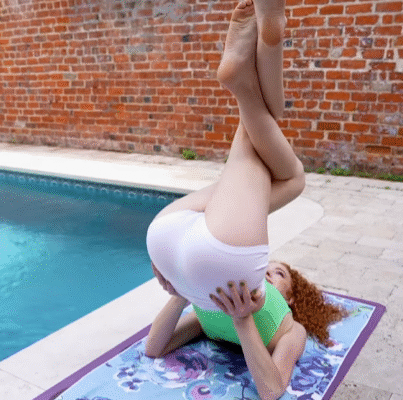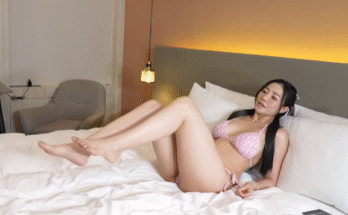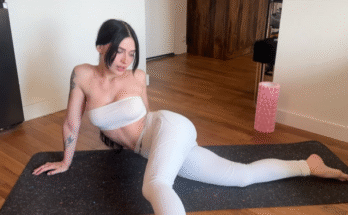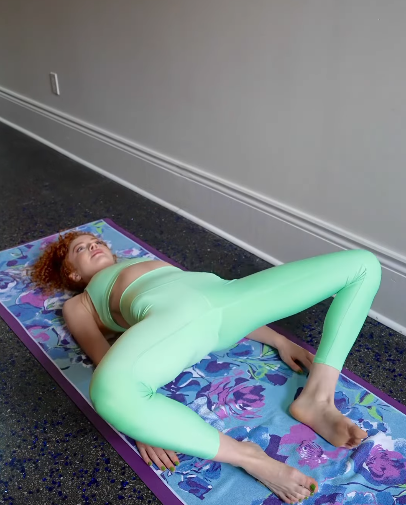
When we talk about relaxation, comfort, and feeling at ease, one of the first things that often comes to mind is posture. The way we sit, stand, or stretch can completely change how we feel physically and mentally. Think about those moments when you discover a position that feels so natural, so supportive, and so calming that you don’t want to move. That’s the magic of a truly comfy pose. Whether it’s during yoga, meditation, lounging on the couch, or lying in bed after a long day, the right pose can provide the body with a deep sense of release and the mind with peace. Let’s explore why certain poses feel so good, how they affect the body, and how you can discover your own “comfy pose.”
The Psychology of Comfort
Comfortable poses aren’t just about the physical body. They are also tied to the brain’s response to feeling safe and supported. When you slip into a pose that feels good, your nervous system gets the signal that it can relax. Muscles release tension, heart rate slows, and breathing deepens. This is why, for example, curling up on the sofa with a blanket feels so soothing—it’s not only the softness of the cushions but also the psychological association with safety and warmth.
Comfortable poses often resemble shapes that the body naturally gravitates toward. A fetal position, lying on your side with knees tucked, is one of the most instinctive examples. This shape mimics the earliest form of security we knew as humans—being curled up in the womb. It’s no wonder people find themselves adopting this pose when they need comfort or rest.
The Science Behind a Comfy Pose
When you discover a position that feels “just right,” there are a few things happening:
- Muscular Release – Certain poses allow overworked muscles to let go. For instance, lying flat on your back with knees bent releases the lower back and takes pressure off the spine.
- Joint Support – Comfy poses usually involve joints being stacked or cushioned in ways that prevent strain. That’s why placing a pillow between your knees when lying on your side feels so good—it reduces twisting in the hips and spine.
- Breath Flow – A truly comfortable position doesn’t restrict your breathing. When your ribcage can expand fully and your diaphragm moves freely, you feel a natural sense of ease.
- Nervous System Response – As your body relaxes, the parasympathetic nervous system takes over, sending calming signals throughout the body. This can lower stress hormones and create that “ahhh” feeling we associate with comfort.
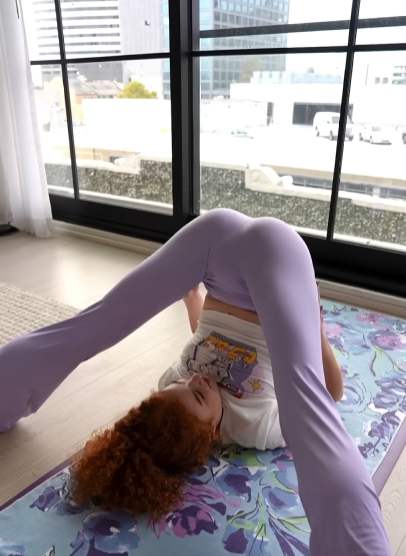
Yoga and the Search for Comfort
Yoga is a practice that explores movement, stillness, and the sweet spot in between. Many yoga practitioners talk about finding their “edge,” but just as important is finding their “comfort zone.” Some yoga poses are energizing and challenging, but others are designed purely for relaxation.
For example:
- Child’s Pose (Balasana) – Kneeling with your forehead resting on the ground and arms stretched forward, this pose is universally loved because it provides deep rest for the back and mind.
- Savasana (Corpse Pose) – Lying flat on your back at the end of a practice is one of the simplest yet most comfortable poses. It allows the body to completely surrender.
- Supported Reclining Bound Angle (Supta Baddha Konasana) – With pillows or bolsters supporting your back and knees, this pose opens the chest while keeping the whole body at ease.
When you settle into one of these poses, you often hear yourself think, “This pose is so comfy!” It’s a reminder that yoga isn’t always about pushing limits—it’s also about giving the body what it craves most: rest and release.
Everyday Life and Comfy Poses
You don’t need to be on a yoga mat to find a comfortable pose. Think about your daily routine:
- On the Couch – Some people feel best curled up with their knees tucked under them, while others stretch out completely. Adding a pillow behind your lower back can turn an ordinary sit into a perfectly supported lounge.
- At Work – Sitting for long hours can be tough, but finding a comfortable seated posture—feet flat, back supported, shoulders relaxed—can make a huge difference.
- In Bed – Many people swear by side-sleeping with a pillow between the knees. Others love lying flat with arms stretched overhead. Finding your personal “comfy sleep pose” is essential for good rest.
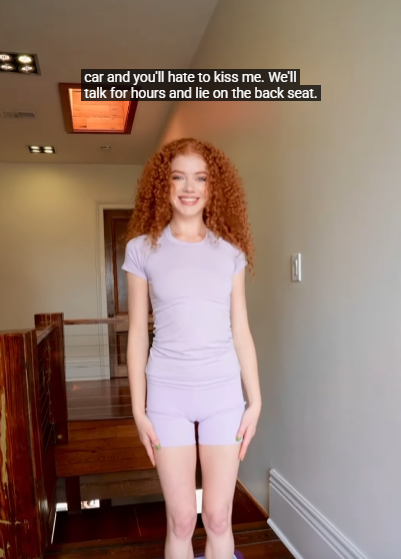
The Emotional Connection
Comfortable poses aren’t only physical—they’re deeply emotional. The way we position ourselves can reflect our mood and state of mind. Curling up might signal a need for protection or comfort. Sprawling out with arms wide might reflect openness and joy.
Children show this instinct clearly. Watch a toddler fall asleep in the most unexpected positions, yet somehow they look completely content. As adults, we sometimes lose touch with this natural comfort-seeking. We force ourselves into rigid chairs or ignore our body’s signals. Rediscovering your comfy pose is almost like reconnecting with that childlike freedom to move and rest without self-consciousness.
How to Discover Your Comfy Pose
If you want to find your ultimate comfortable position, here are a few tips:
- Experiment Slowly – Shift around when sitting or lying down. Notice which adjustments instantly make you sigh with relief.
- Use Props – Cushions, blankets, and bolsters aren’t just for yoga studios. They can transform an ordinary position into something deeply restful.
- Listen to Your Breath – A comfy pose should allow for full, easy breathing. If your chest feels tight, adjust until you can breathe without effort.
- Check for Strain – Comfort shouldn’t mean numbness or pain. If a pose feels good for only a minute before discomfort sets in, try modifying it.
- Honor Your Body’s Needs – What feels comfortable one day may not feel the same the next. Stay flexible and responsive.
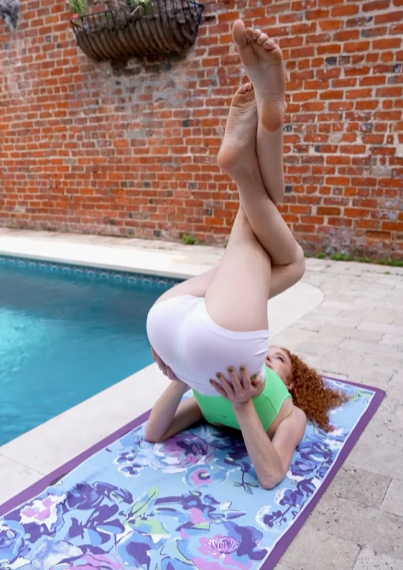
Why We Love Saying, “This Pose Is So Comfy!”
There’s joy in the discovery of comfort. When you find a position that feels perfect, it often sparks a little burst of happiness. You may even smile or laugh and announce out loud, “This pose is so comfy!” It’s a celebration of listening to your body, honoring its needs, and giving yourself permission to relax.
In a busy world where people are constantly rushing, multitasking, and striving, finding a comfy pose can feel like a small but powerful act of self-care. It’s a reminder that sometimes the simplest pleasures—a supportive pillow, a relaxed stretch, or a cozy curl—are what our bodies and minds crave most.
Final Thoughts
Comfort is personal. The pose that makes you feel like you’re melting into bliss might not work for someone else. But the universal truth is this: when you find a position that supports your body, eases your breath, and calms your mind, you tap into a powerful sense of well-being.
So next time you discover yourself sinking into the couch, lying on the yoga mat, or curling up in bed, take a moment to notice how it feels. Let yourself enjoy it fully. Smile, breathe deeply, and whisper those simple, satisfying words:
“This pose is so comfy!”
